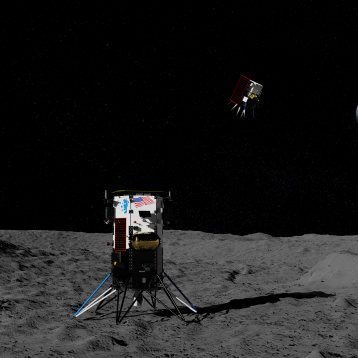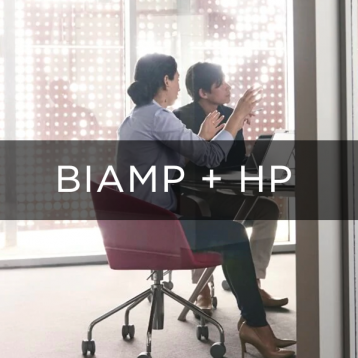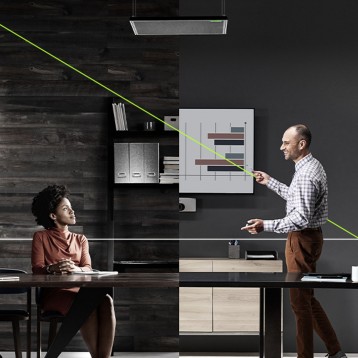 Not being a millennial, I can remember how commercial decisions used to be made. Decision makers were confronted by a pile of paper reports, projections and opinions which, it was hoped, would be consumed, considered and quoted back selectively in the decision-making forum – usually, interminable meetings. Today, many of these take place on video, supported with real-time information, rich media and a wider circle of expertise (often joining remotely). Bryan Denyer believes that the real ROI on collaborative technology is to be found not in savings on travel but in the improved quality of decision making.
Not being a millennial, I can remember how commercial decisions used to be made. Decision makers were confronted by a pile of paper reports, projections and opinions which, it was hoped, would be consumed, considered and quoted back selectively in the decision-making forum – usually, interminable meetings. Today, many of these take place on video, supported with real-time information, rich media and a wider circle of expertise (often joining remotely). Bryan Denyer believes that the real ROI on collaborative technology is to be found not in savings on travel but in the improved quality of decision making.
When Microsoft announced its plans for the second-generation Surface Hub, perhaps the biggest and most welcome innovation was Hub 2’s tiling functionality. Surface Hub 2 scales and adapts tiling up to 4 screens together in portrait or landscape view. Dynamic rotation allows the users to use the best orientation for their content and helps people work in the way that best suits them.
So what’s so special about tiling? Seeing four Surface Hub 2s lined up together has an undeniable visual effect and will have a profound impact on what groups can accomplish together. Tiled Hub 2s users to display multiple pieces of content simultaneously, side-by-side. Imagine how much a team could get done being able to work simultaneously across Microsoft Whiteboard, PowerBI, PowerPoint, and a full view video call for external input?
The 4K cameras, that rotate with the device, integrated speakers, and far-field mic arrays, allow everyone in the meeting to feel as if they are right in the room with the rest of the group, while the standard Surface 3 × 2 aspect ratio means everyone has more usable space to create and collaborate.
Microsoft says that Surface Hub 2 was designed from the ground up to be used by teams – to get people out of their seats, to connect and ‘ideate’ – regardless of location. Other benefits are that the new Surface Hub 2 is sleeker, more agile and more affordable to fit any workspace or work style. In 2018 Microsoft will begin to test Surface Hub 2 with select commercial customers. It will be available for purchase in 2019.
Designed from the ground up innovative it might, but original? Not so much. Oblong Industries, with some justification, claims to be the pioneer of interactive spatial computing environments for the new era of collaborative work. At ISE this year, Oblong showcased the company’s newly expanded range of immersive visual collaboration technologies for innovative workplaces.
From the multi-surface immersive experience of the Mezzanine 600 Series to Oblong’s latest solution for huddle rooms, the Mezzanine 200 Series. Mezzanine from Oblong Industries is designed as a superior collaboration solution for complex and distributed global organizations that need to make valuable data and content a central part to all business decisions.
Decision support is the killer app, particularly for the multiscreen solutions typically found in boardrooms and other locations where mission-critical decisions are taken. A decision support system is defined as an information system that supports business or organisational decision-making activities. DSSs serve the management, operations and planning levels of an organisation and help people make decisions about problems that may be rapidly changing and not easily specified in advance – i.e. unstructured and semi-structured decision problems. Decision support systems can be either fully computerised or human-powered or a combination of both.
Oblong’s innovative Mezzanine platform creates a common digital workspace where teams can share content and ideas, accelerate decision-making, and collaborate more effectively. Of course, there are a number of ways to do this – notably the projection-based Nureva Wall and its Span software, and seemingly more to come, but Mezzanine is surely the most fully realised flatscreen solution available today.
Whichever solution prevails, decision support could prove to be the application that trumps all others, with improved decision making delivering the greatest of all Returns on Investment.







